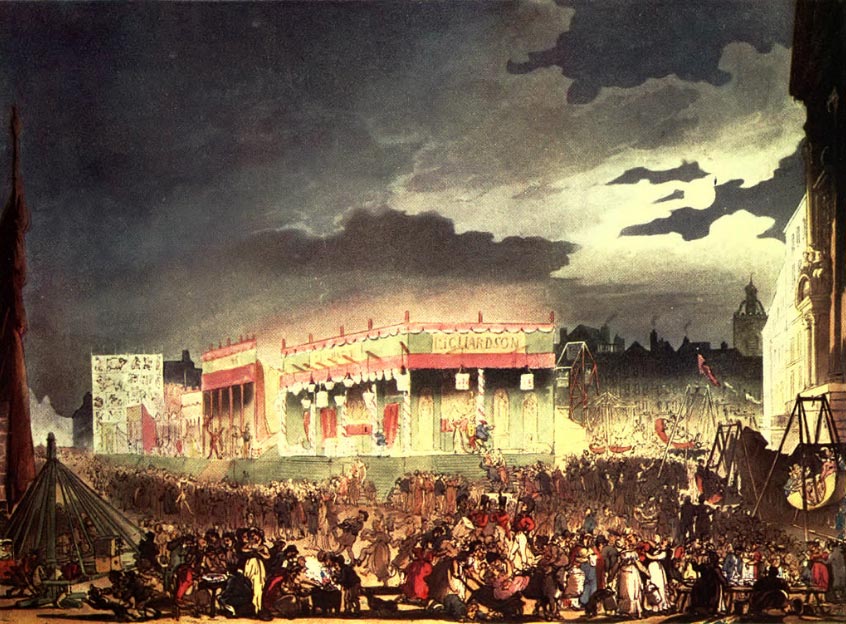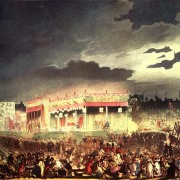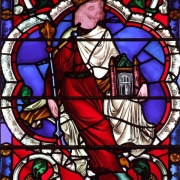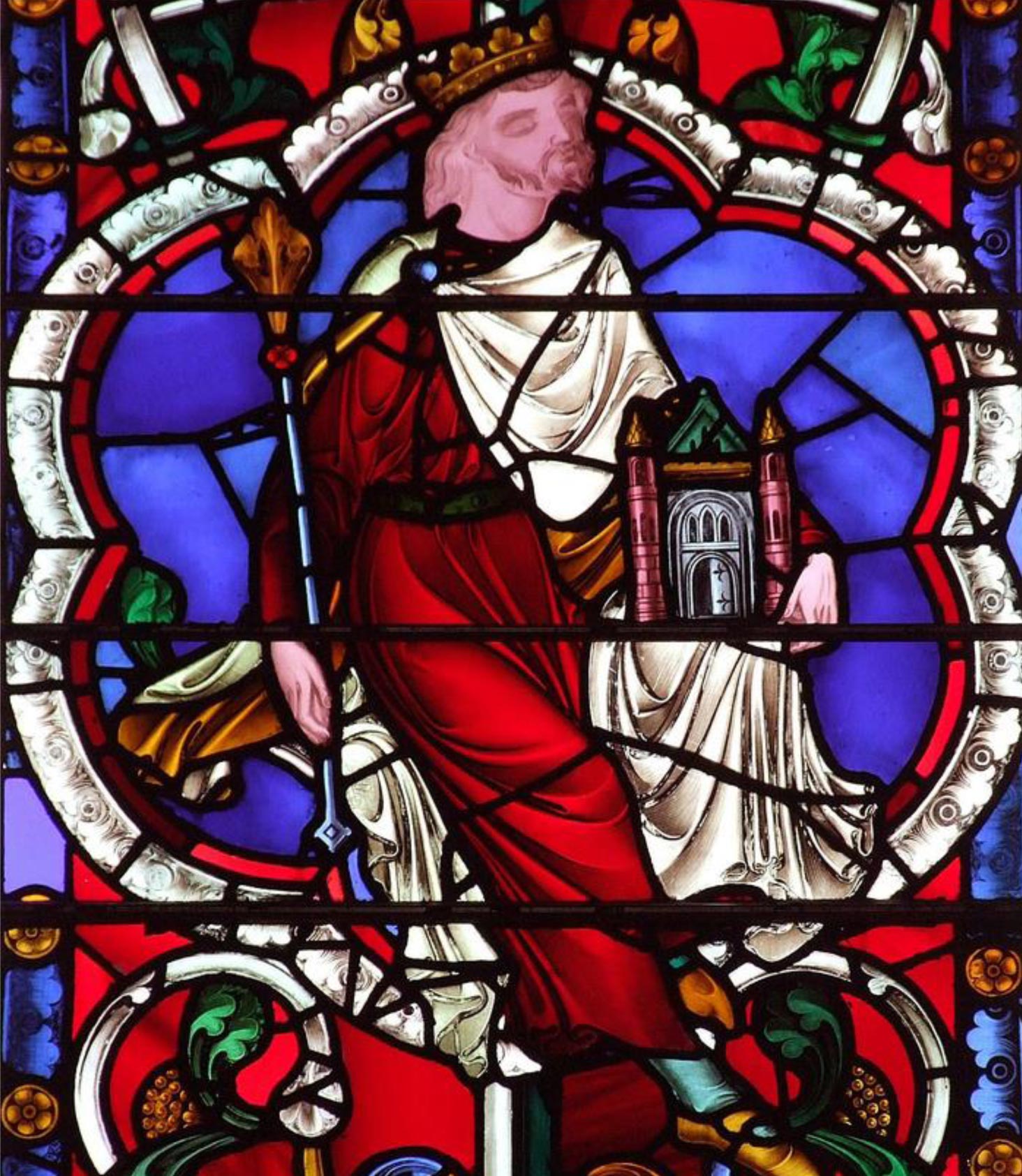The Clerkenwell Ballad Walk for Baroque At The Edge Festival
This is a short film trailer of The Clerkenwell Ballad Walk for Baroque At The Edge Festival, January 2021:
This trailer was used to advertise a podcast of The Clerkenwell Ballad Walk (which I did for) Baroque at the Edge Festival, which was online in January 2021.
In this short film, I am walking up Cowcross Street in London, which runs east-west, from St John Street in the east, to Farringdon Road in the west. Farringdon Tube Station is behind me, as I walk towards old Smithfield Market. I am singing a street ballad about Bartholomew Fair, dating from the early 1800’s. This important fair took place every year from 1133 until 1855, when it was suppressed by the authorities for encouraging debauchery and public disorder. I end my walk at the priory church of St Bartholomew The Great. the oldest parish church in the City of London.

Bartholomew Fair 1808: Thomas Rowlandson (1756–1827) and Augustus Charles Pugin (1762–1832) (after) John Bluck (fl. 1791–1819), Joseph Constantine Stadler (fl. 1780–1812), Thomas Sutherland (1785–1838), J. Hill, and Harraden (aquatint engravers)
I made a podcast for Baroque At The Edge Festival 2021. You can listen here
It’s a musical guided walk around the streets and open spaces of LSO St Luke’s, the festival venue. I am joined by Fiona Talkington, and London Blue Badge tourist guide Dafydd Wyn Philips. I found ballads from the C17th to the C19th revealing the history of Clerkenwell, telling stories about remarkable events, and exploring themes of poverty, drink, crime & punishment, and the work of Charles Dickens and William Morris.
I thoroughly enjoyed researching and arranging these songs. I found some of them in them in Ballads Online, and some in the English Broadside Ballad Archive. I did a bit of detective work to provide tunes for some of them.
You can read an interview I did with Festival director Lindsay Kemp here
Dafydd and are planning another ballad walk, a virtual guided tour through the City of London, on Wednesday 26th January 2022, for Dragon Cafe In the City which runs as a fortnightly programme of events for those who wish to release the pressure, break the stress cycle, and build resilience, free and open to all. Check their website for joining details.





